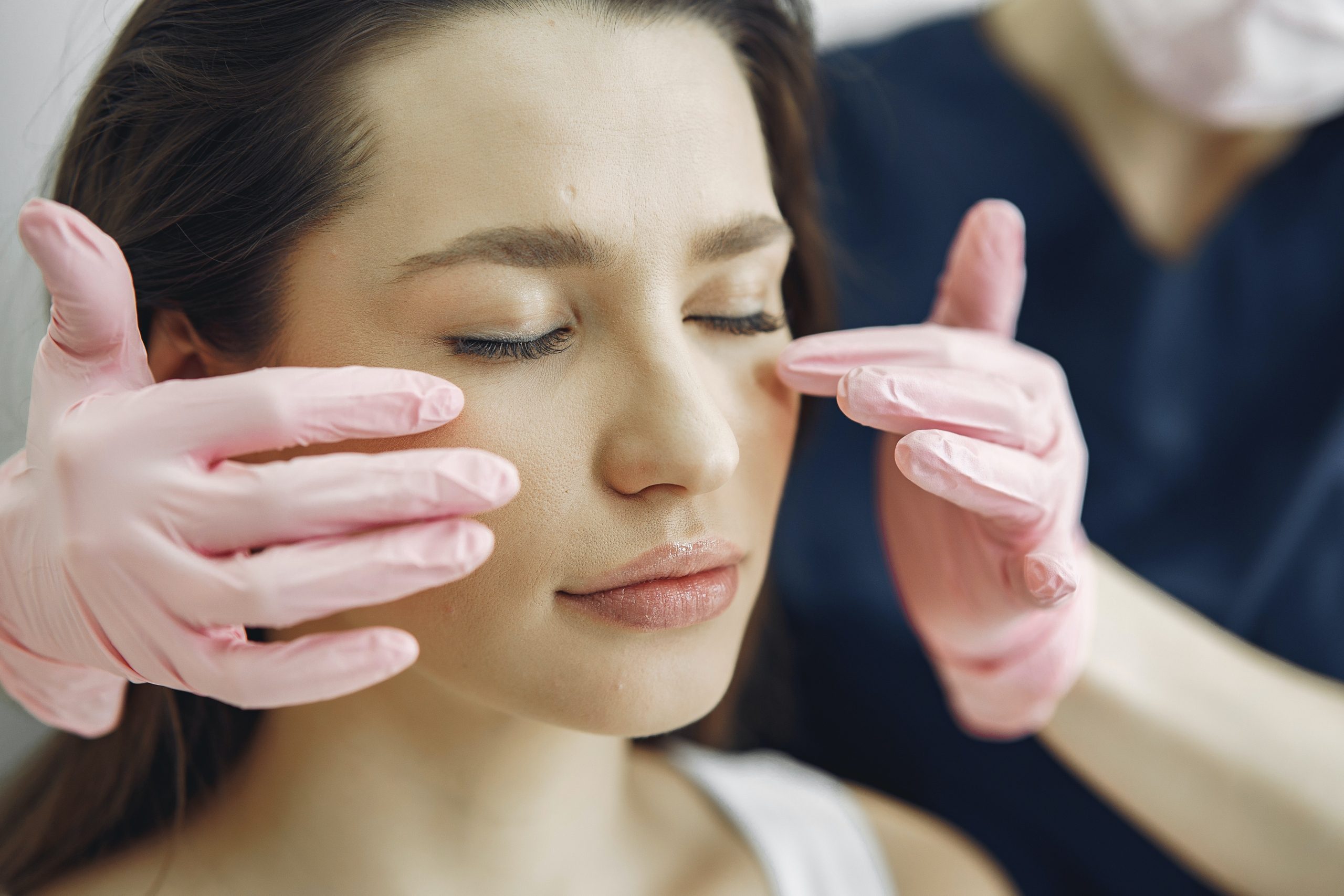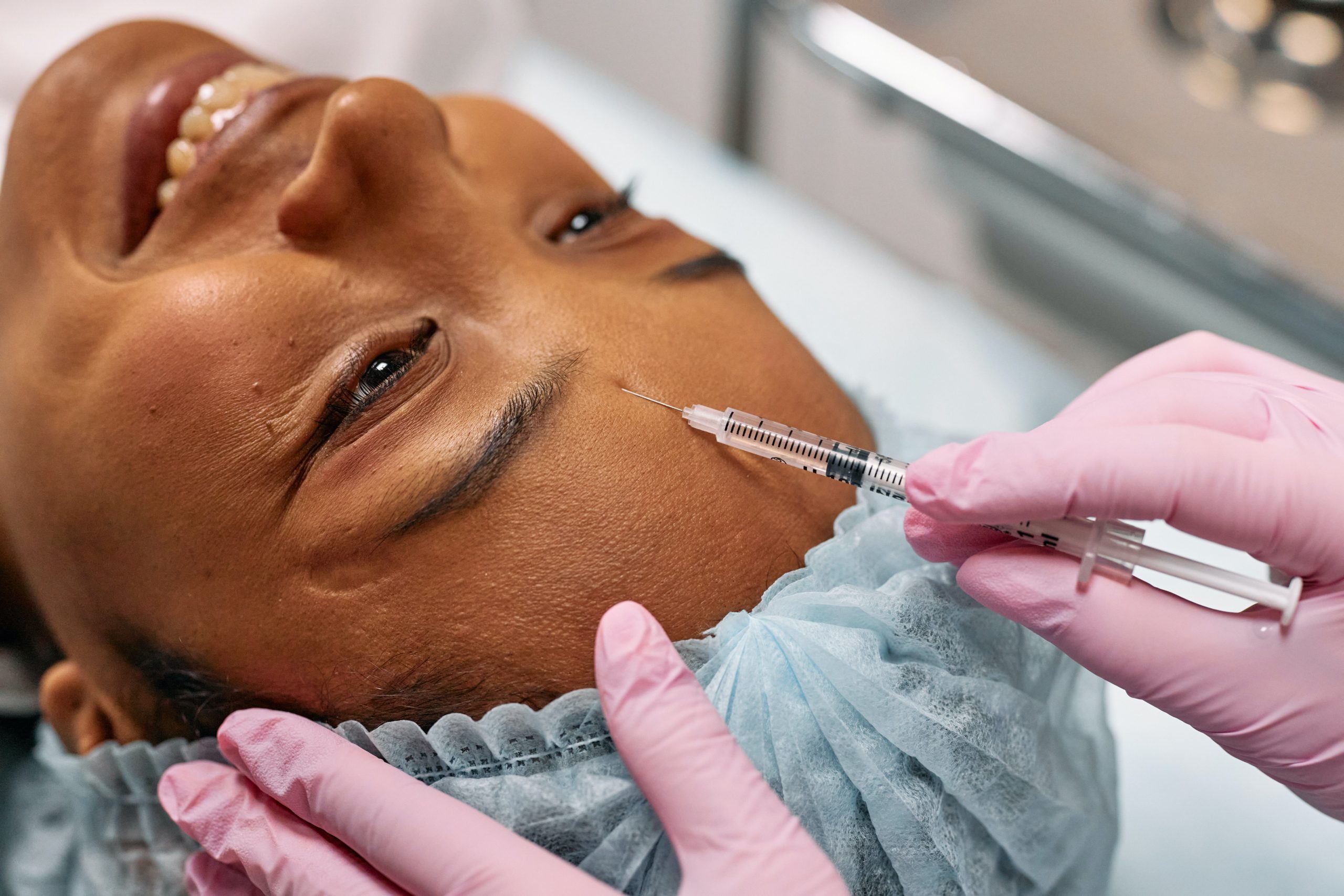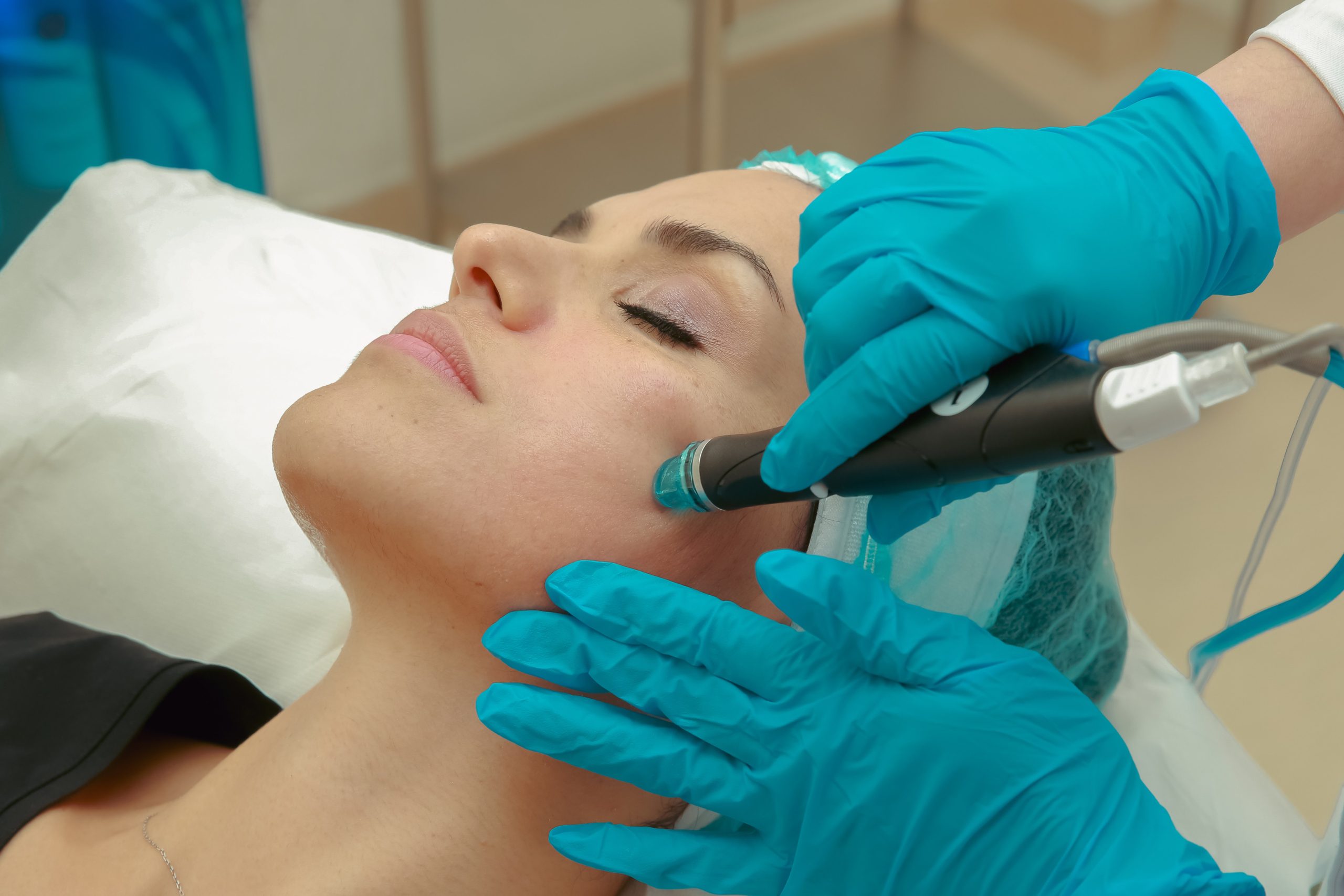Chemical peeling, also known as chemexfoliation or dermapeeling, is a cosmetic procedure that uses a chemical solution to improve the appearance of the skin. In this treatment, a chemical solution is applied to the skin, which causes controlled injury or trauma to the skin’s layers. This controlled injury stimulates the skin to regenerate and peel off, revealing new, healthier skin.
Chemical peeling is primarily used to improve the tone, texture, and overall appearance of the skin. It can address various skin concerns and conditions, including:
1. Fine lines and wrinkles: Chemical peels can help reduce the appearance of fine lines and wrinkles, particularly those caused by sun damage, aging, and hereditary factors.
2. Skin discoloration: Chemical peeling can improve uneven skin tone, sun spots, age spots, liver spots, freckles, and other forms of hyperpigmentation. It can also be effective in treating melasma, which is characterized by dark patches on the skin often associated with pregnancy or hormonal changes.
3. Acne and acne scarring: Chemical peels can help improve acne-prone skin by reducing the severity of acne breakouts and minimizing the appearance of acne scars.
4. Rough and dull skin: Chemical peeling can address rough, dry, and dull skin by promoting the growth of new skin cells and revealing a smoother, more radiant complexion.
5. Precancerous skin growths: Certain types of chemical peels, such as those using trichloroacetic acid (TCA), can be used to treat actinic keratosis, which are scaly, precancerous spots caused by sun damage.
The procedure for chemical peeling typically involves the following steps:
1. Preparation: Before the peel, your skin will be thoroughly cleansed to remove excess oils and debris. Protective measures may be taken to shield your eyes and hair.
2. Application of the chemical solution: A specific chemical solution, such as glycolic acid, salicylic acid, trichloroacetic acid (TCA), lactic acid, or phenol, is applied to the skin. The choice of chemical solution depends on the desired depth of the peel and the specific skin concerns being addressed.
3. Penetration and peeling: The chemical solution penetrates the skin, causing controlled injury to the targeted layers. Over time, the skin peels off, revealing fresher, smoother skin.
The depth of the peel can vary depending on the concentration and type of chemical used. There are three main types of chemical peels:
– Light or superficial peel: This type of peel targets the outermost layer of the skin (epidermis) and requires little to no downtime. It is suitable for mild skin issues and promotes a healthy glow.
– Medium peel: A medium peel penetrates the outermost layer and upper part of the middle layer of the skin (dermis). It may cause redness, swelling, and flaking, and requires a longer recovery period.
– Deep peel: This type of peel reaches the lower middle layer of the skin. It produces the most dramatic results but requires a longer recovery time and significant downtime.
After the chemical peel, proper aftercare is essential to promote healing and achieve optimal results. This may include applying recommended ointments or moisturizers, avoiding sun exposure, and following specific instructions provided by your dermatologist or skincare professional.
It’s important to consult with a qualified dermatologist or skincare professional to determine if chemical peeling is suitable for your specific skin concerns and to ensure the procedure is performed safely and effectively.




